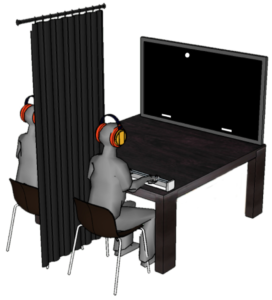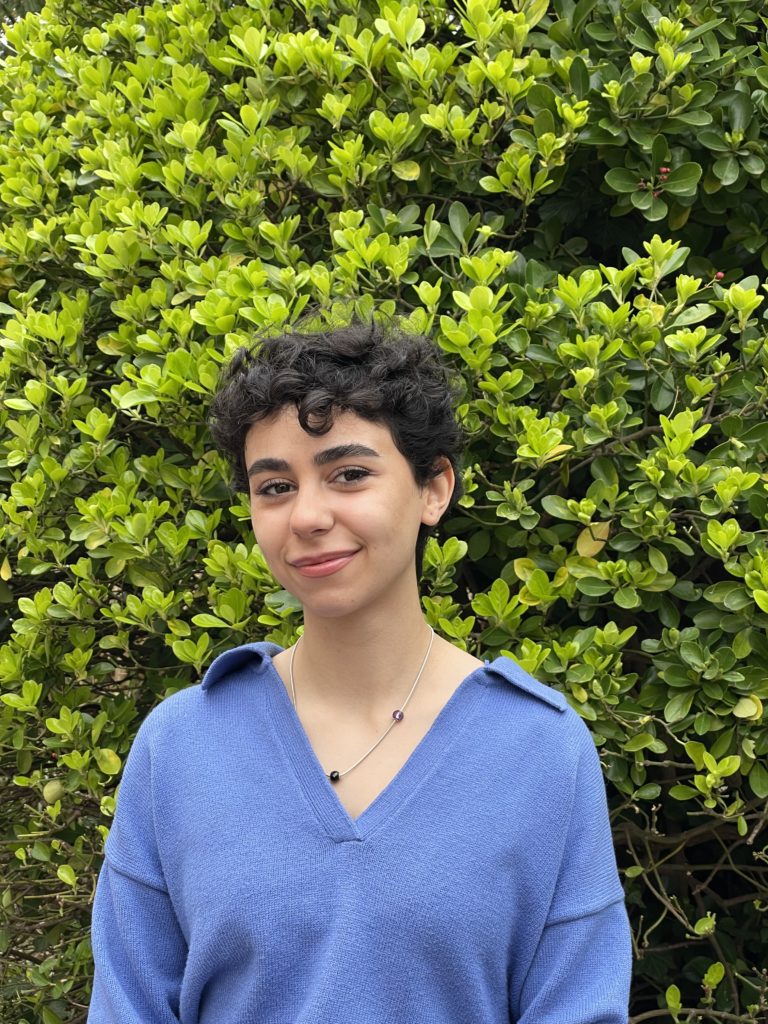ESR project 7
Towards a therapeutic interaction game: the role of communication in joint interception
Host Institution: University Medical Center Groningen
Department that hosts the PhD: Department of Human Movement Science
Supervisors involved: Dr. Zaal, Dr. Rączaszek-Leonardi
Project description
The aim of this project is to determine the roles of verbal and nonverbal communication in learning to perform computer game based discrete joint action. The objective of the current project is to specify the general timing and interplay of action and communication in task coordination and the particular characteristics of this interplay that may differentiate typical and ASD populations. The latter will aid in designing diagnostic tools and treatment of persons with ASD. ASD is a pervasive developmental condition, which is characterized by difficulties in social interaction and communication, among other symptoms. The model task is joint interception (doubles pong; see below), in which two participants collaborate such as to arrive at the decision on who will be the one to return an approaching ball. The task has been implemented as an interactive computer game. Previous work, in which verbal interaction was precluded, suggested a critical role for visual information in the emergence of the coordination of the two participants and the ball. However, natural communication in service of collaboration typically includes signalling and verbal interaction. The current project will study how allowing signalling and verbal interaction between the participants will affect the learning of effective coordination patterns. Analyses at the level of individual actions, action coupling, and of the learning trajectories will be performed to establish the parameters of effective interaction. Subsequently, experiments with persons with ASD will apply this knowledge to explore the potential of the doubles-pong game for clinical use.
Doubles pong (task employed in Projects 5,6, 7 and 8)

In the doubles-pong task, two individuals have to coordinate their actions in such a way that one of them intercepts an approaching virtual ball. Each player controls a separate paddle that moves along the bottom of a shared computer screen. The ball that falls under an angle from the top of the screen needs to be intercepted by one of the paddles, without the two paddles colliding. Previous research has suggested that the division of interception space by the two players emerges from their interactions rather than being fixed a priori. In the cases that a ball is directed in between the two individuals’ starting positions, both start moving and one player subsequently abandons this movement, presumably when (s)he sees that the other is on an interception course.

About ESR7-Viktoria Karapetyan
I come from Yerevan in Armenia. I did my BSc in Psychology and my MSc in Cognitive Neuropsychology at University of Sheffield, City College, Thessaloniki. For my MSc thesis I studied task sharing and the role of empathy and autistic traits.
I want to work in an interdisciplinary setting where I will apply theoretical knowledge to practice. The REPAIRS project already gives me a great opportunity to work in an international and interdisciplinary program.
My passion is practicing a combination of yoga and dance. Also, I enjoy traveling and reading as in both cases I can meet and learn about new characters. I have always liked to try different activities and currently I am trying to learn juggling and skating.